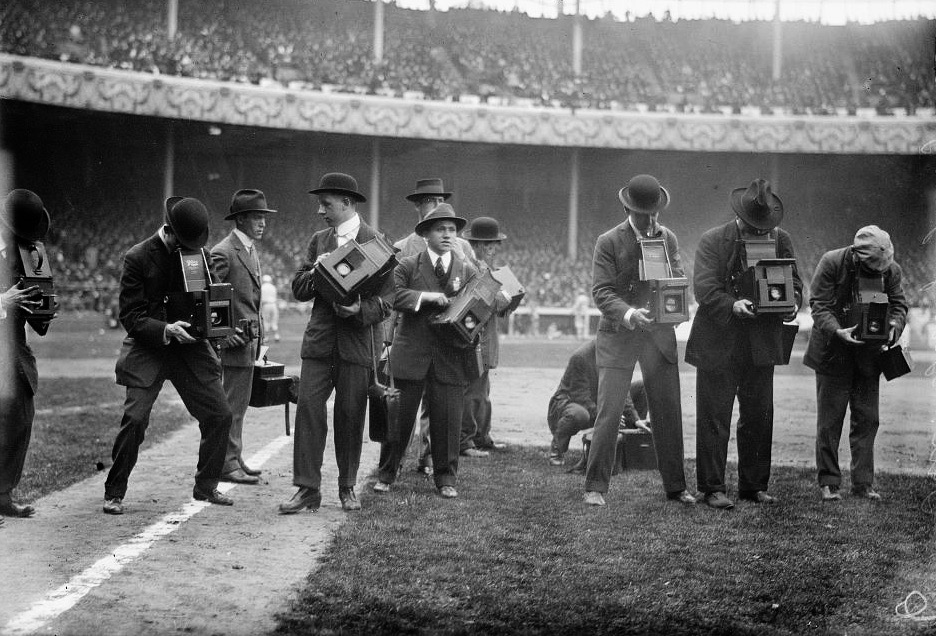In late 1904, George Cortelyou gained an ally. William Williams, Commissioner of Immigration, saw that the Island’s hospital was becoming obsolete too. If newcomers were to be cured of infections like tuberculosis before entering the United States, they’d have to be isolated or quarantined first. But that meant parting them from less critical patients, so Ellis would need a contagious disease facility.
As Williams explained to the New York Times:
It is a matter of the greatest urgency, for we sometimes have 400 and even 500 sick people to care for, and as we know that the city hospitals are overcrowded, we do not like to ask them to take the non-quarantinable contagious cases; a great many of these patients are eventually deported. (1)
So Congress appropriated $150,500 to build Island #3 — the third peninsula of the Ellis complex — some 400 to 500 feet from Island #2. But a corporation called “Proprietors of Eastern New Jersey” delayed construction by suing Commissioner Williams. Its goal? To “oust the Government entirely from the Island.”
The Proprietors, however, lost the suit, allowing the federal government to purchase a section of Jersey’s territory in New York Harbor for the expansion of Ellis. Williams expected Island #3 to be buoyant in about ten months — the new medical compound to follow in six — but his plan proved over-optimistic.
The landfill for Island #3 was poured out in 1906, and work begun on the Laundry and Powerhouse Building when the project ran out of money. Frank P. Sargent, Williams’ Commissioner General of Immigration, requested more help in a report he filed for fiscal year 1906 (June 30, 1905 – June 30, 1906). It read:
Accommodations at Ellis Island are entirely inadequate…. Various improvements are needed… and an appropriation of $400,000 therefore is urged.
A further appropriation of $250,000 will be necessary to complete the contagious disease hospital. (2)
Financial aid came and it powered the rise of the Staff House, Kitchen, Administration Building, and three Isolation Wards. However, as an example of how long it took for the hospital to be funded, consider the plight of the eight wards for measles.
Intended to hold immigrants with non-quarantinable diseases like whopping cough, chicken pox, or measles, each “Measles Ward” could be adapted to house arrivals with a quarantinable infection too. To that end, there would always be space ready for those stricken with tuberculosis, smallpox, cholera, or diphtheria.
But the wards were configured in phases, and not nearly finished after three years of toil. Yet publicity grew. In November 1908, this report from the Times belied the reality:
Secretary [Oscar] Straus of the Department of Commerce and Labor spent yesterday on Ellis Island inspecting the hospital and other improvements under way there. It is believed that the new hospital buildings will be completed by the first of the year. (3)
By “first of the year,” of course, the paper meant “January 1, 1909.” It wasn’t exactly wrong — all the buildings were ready to go — but the Times missed a few details. The wards didn’t have enough medical equipment to go around and the electrical system was — as the Landmarks Preservation Commission noted in 1993 — “incomplete.” So officials went back to Congress for support:
The Urgent Deficiency Bill [that] passed the House today… provides $90,000 for improvements to the immigration station at Ellis Island and at the landing point at New York….
$3,500 [will go] into the installation of a freight elevator in the kitchen and laundry building [and] $5,000 [will go] into the installation of a hot water circulating system on the main and hospital islands…. (4)
And after nine years of work, the contagious disease unit finally opened in 1911. The Immigrant Hospital was fully operational. But despite the effort, it would only treat migrants until 1930. Because the Immigration Act of 1924 imposed strict national limits and barred Asians from entering the United States completely, there was suddenly less for Ellis Island to do.
Photos by Rick Stachura. Ellis Island, New Jersey. March 28, 2015.
Immigrant Hospital.
(1) Isolation Ward “I” [built 1909] on Island #3.
(2) One of the Measles Wards [1906-09] on Island #3
(3) + (4) Staff House [1907-09] on Island #3.
(5) Corridor “C9” [1909] linking each building of the contagious disease complex on Island #3.
(6) Isolation Ward “K” [1909] on Island #3.
Sources:
(1) “New Island in the Bay,” The New York Times. December 18, 1904.
(2) “Immigrant Type Low, But 1,100,735 Get In,” The New York Times. January 7, 1907.
(3) “Straus at Ellis Island,” The New York Times. November 3, 1908.
(4) “$90,000 for Ellis Island,” The New York Times, January 25, 1910.
(A portion of this story was originally posted to my old Tumblr site on June 23, 2015.)






